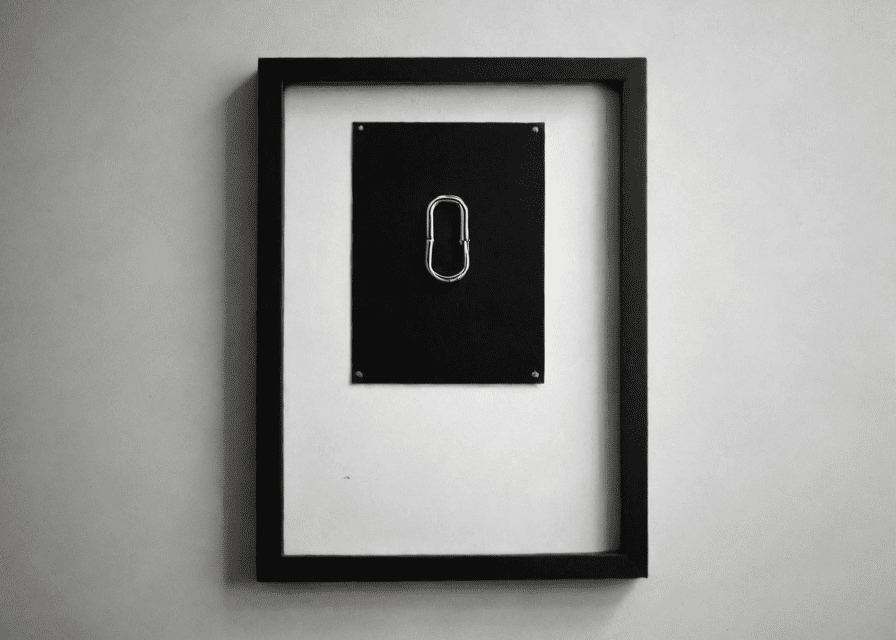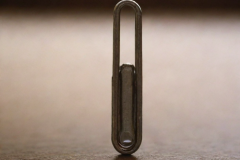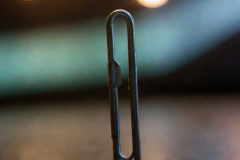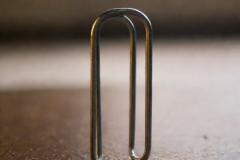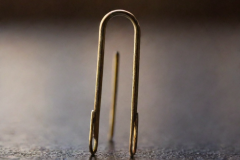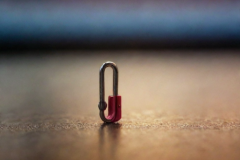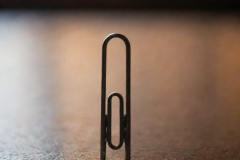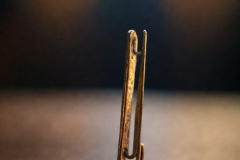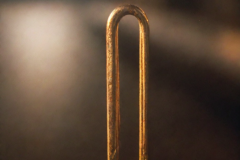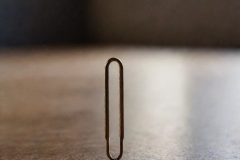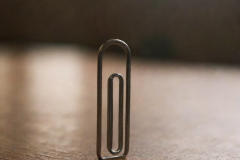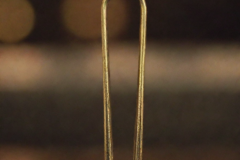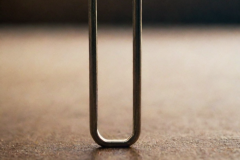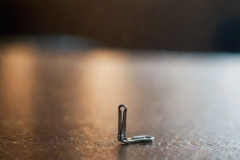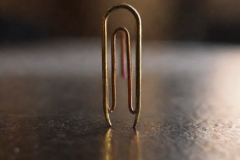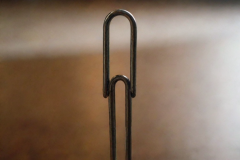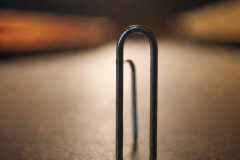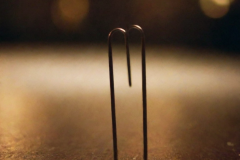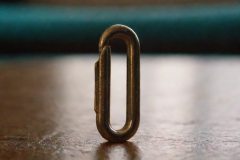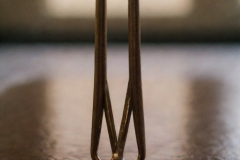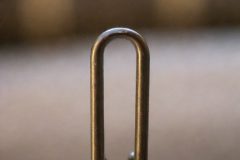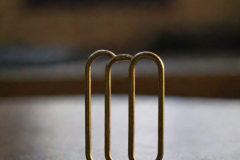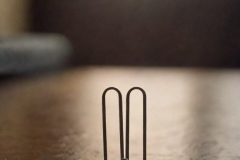In a stunning turn of events that has sent shockwaves through the global art community, emerging artist Lars Wilson has captivated the world with his revolutionary series, “Clipped: The Subtle Metaphors of Modernity.” The series, which consists entirely of photos of various paperclips taken with his Android phone, has been hailed as “a groundbreaking exploration of industrial minimalism” by critics who, against all reason, genuinely believe this is the most important artistic development since Picasso discovered Cubism.
Wilson, who stumbled into the art scene last month after accidentally snapping a photo of a paperclip while trying to set an alarm, has now ascended to the ranks of modern art’s most revered figures. His photographic oeuvre, each piece titled “Untitled (Paperclip #X)” where X represents the number of times he has run out of storage space on his device, has been described as “a searing commentary on the ephemerality of human existence” by collectors who assert with complete seriousness that Wilson’s work represents the pinnacle of post-post-modern deconstruction.
The photographs, showcasing the singular brilliance of a solitary paperclip against such varied backdrops as “kitchen counter,” “crumpled napkin,” and “accidentally got a thumb in the frame,” have sold for millions of dollars at auction. Wealthy patrons, desperate to appear avant-garde, have scrambled to acquire the pieces, often engaging in heated bidding wars over images that are so pixelated and mundane, experts have debated whether the work is a genius statement on anti-aestheticism or simply an elaborate prank.
“It’s not just a paperclip,” insists Rupert Vandegraaf, a prominent collector who recently acquired “Untitled (Paperclip #47)” for a staggering $1.2 million. “It’s a profound meditation on the intrinsic tension between function and obsolescence in post-industrial society. Anyone who can’t see that is clearly not in tune with the complexities of our time. Plus, it goes great with the curtains in my guest bathroom.”
Prestigious museums, eager to stay relevant among the elite Instagram crowd and not miss out on the latest fad, have rushed to include Wilson’s work in their collections. The Museum of Contemporary Art in New York has announced an entire wing dedicated to “Clipped,” featuring interactive exhibits that allow patrons to experience the full spectrum of Wilson’s genius, from “Slightly Bent Paperclip” to the highly controversial “Jumbo Paperclip in Harsh Fluorescent Light.” Visitors will be provided with magnifying glasses to fully appreciate the nuances of Wilson’s unparalleled composition techniques.
“We are witnessing a paradigm shift,” said Marjorie Pinfold, chief curator at MoCA. “Wilson’s work transcends traditional boundaries of art and hits us right in the stationery drawer of our collective consciousness. Each paperclip is not just an object; it is a vessel of deep existential meaning, forcing us to confront the mundane with a renewed sense of wonder and horror. It’s almost like he’s saying, ‘Look at this paperclip—and in doing so, look at yourselves.’ It’s profoundly moving, and it’s redefining art as we know it.”
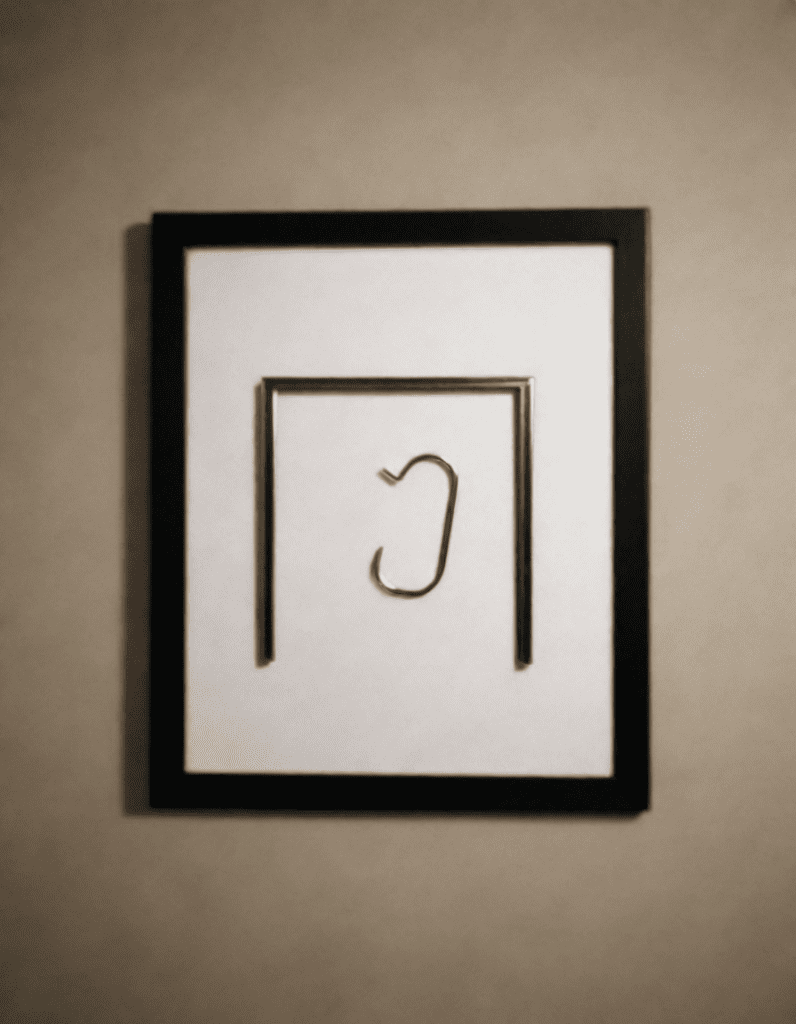
Critics have been quick to applaud the artist’s daring use of an outdated Android model, interpreting it as a deliberate rejection of the iPhone’s hegemony in the world of digital photography. Wilson, who reportedly only uses his phone because “the contract was cheaper,” has been lauded for his authenticity and rawness, with some art critics likening the grainy, off-centered shots to “a visual poem about the futility of perfection in a world obsessed with superficial polish.”
Not everyone is convinced, however. Detractors, usually found muttering at gallery openings and trying to discreetly photograph the wine table, have labeled the series as “a colossal scam” and “evidence that we are truly in the end times of cultural relevance.” One disgruntled art historian was overheard saying, “If this is art, then my grocery list should be in the Louvre.” Nevertheless, their voices are drowned out by the chorus of applause from an art world desperate to latch onto the next big thing—no matter how small or, in this case, entirely utilitarian.
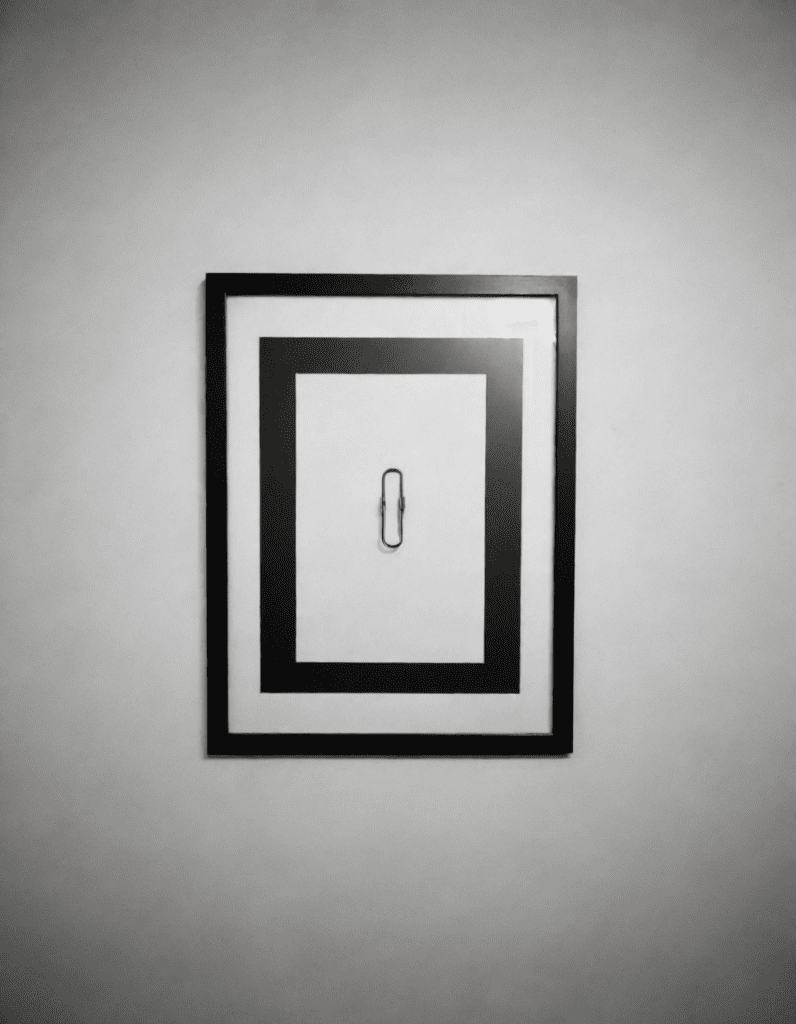
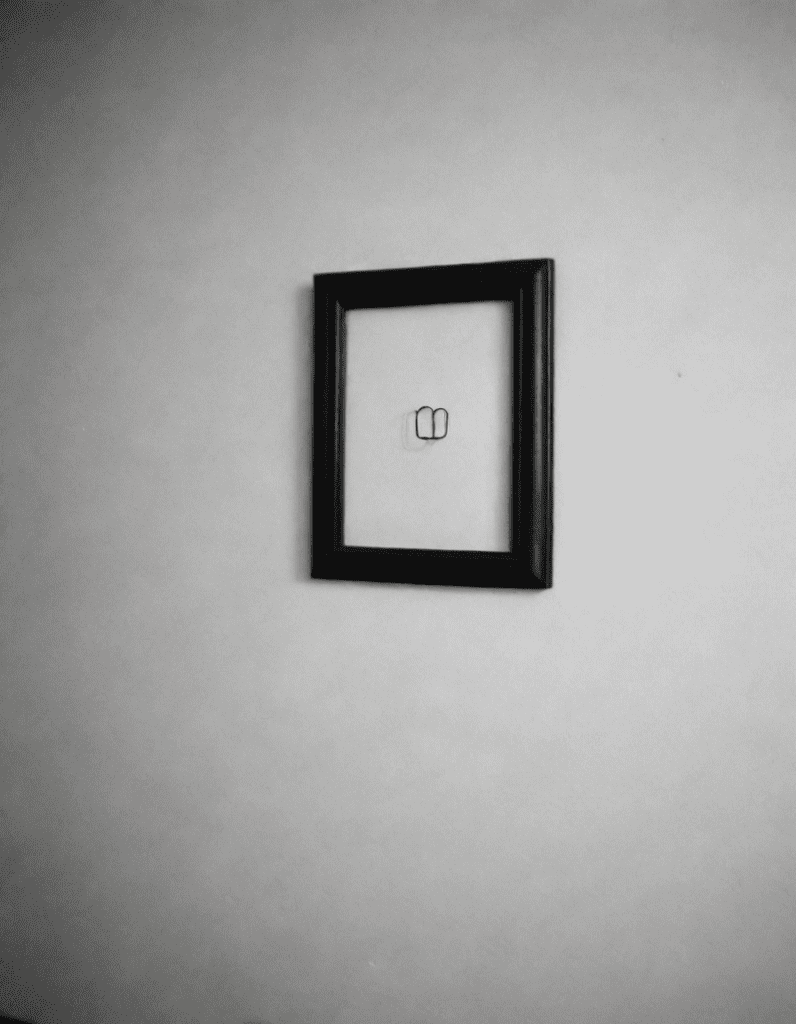
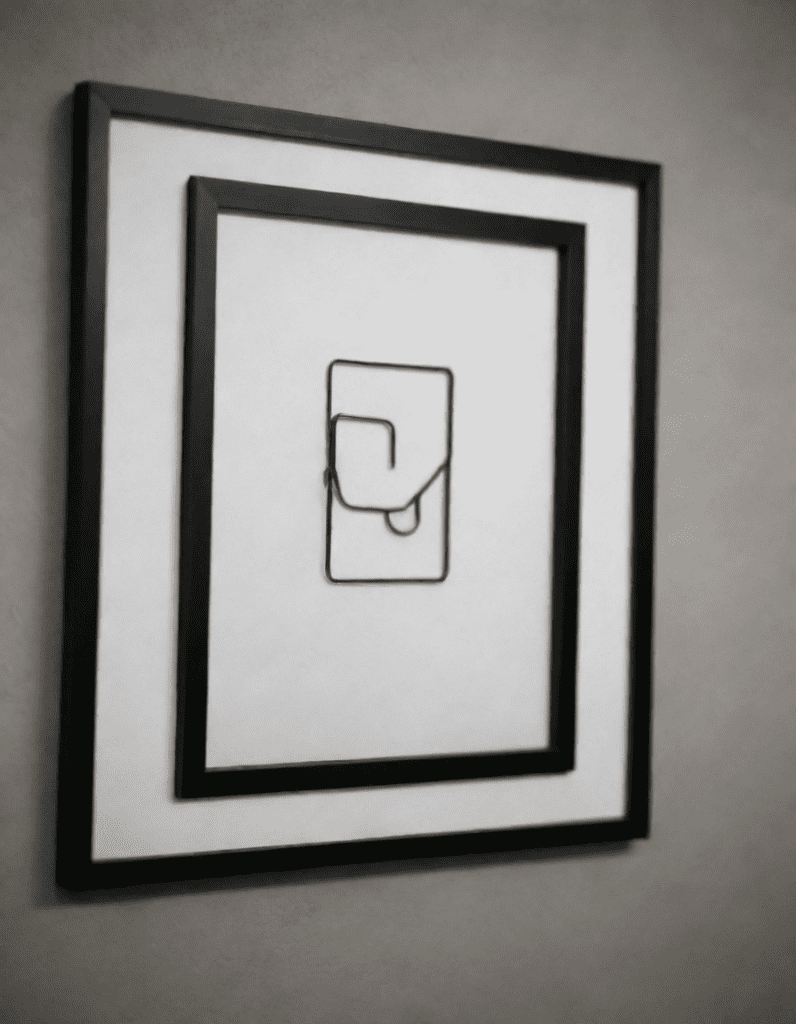
With solo exhibitions planned in Paris, London, and Tokyo, and a rumored documentary series in development by an independent filmmaker who “just really connects with his vision,” Wilson’s ascension shows no signs of stopping. The artist, meanwhile, remains humble and, according to his agent, “genuinely surprised that anyone cares about this at all.”
“I just really like paperclips,” Wilson was quoted saying in an interview with Art and Stationery Weekly. “And now I can’t find any because they’re all in museums. It’s honestly getting kind of inconvenient.”

